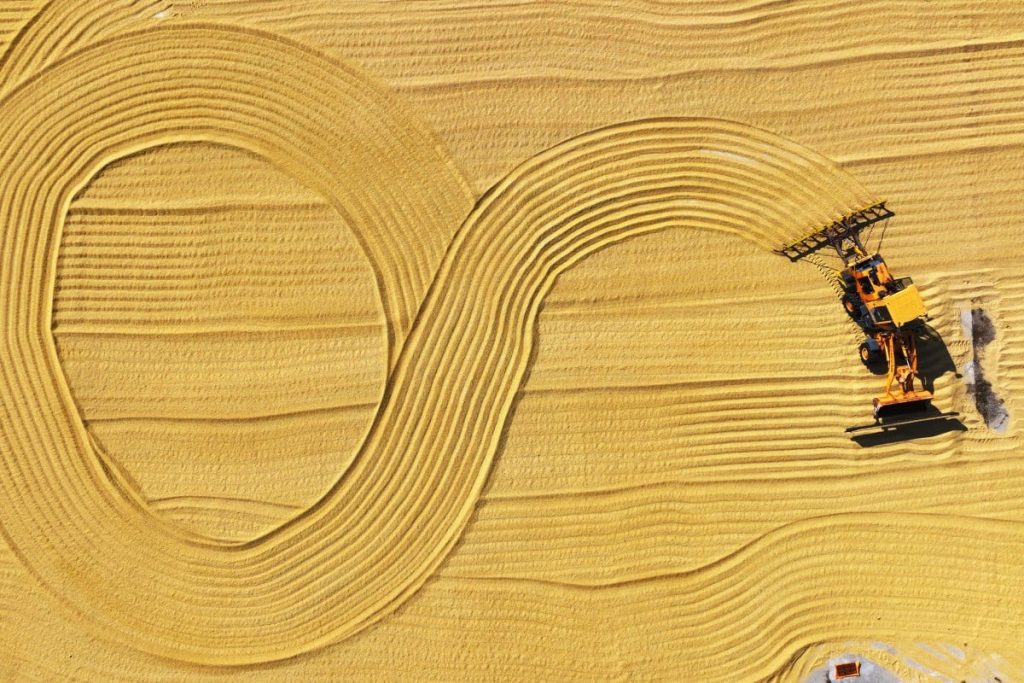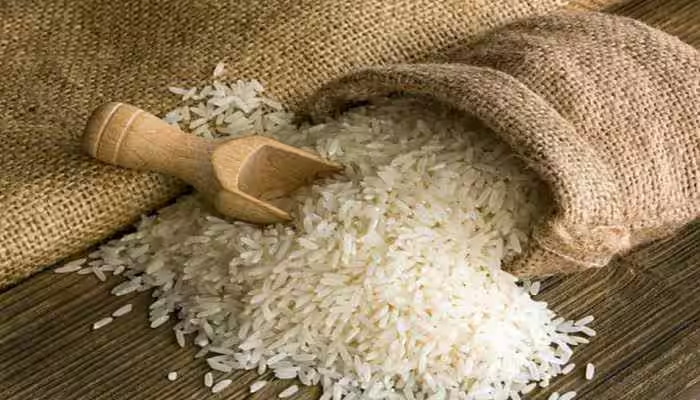Tags
Science of food security: Chinese unlock gene secret at root of drought-tolerant rice
Lead author Zhong Liyuan says it would take 8-10 years to produce a stable and widely adoptable rice variety through crossbreeding.

Holly Chik
Chinese scientists say they have unearthed genetic secrets in the roots of upland rice linked to drought resistance, paving the way to transform widely cultivated irrigated rice into drought-tolerant varieties.
They say they have identified a gene that could obstruct the development of deeper, thicker roots in upland rice, characteristics that are crucial for drought resistance.
By removing this gene, called HMGB1, irrigated rice developed longer roots and greater drought tolerance, traits similar to those of upland rice, enabling it to thrive in water-scarce environments, according to their paper.
Researchers from BGI-Research, Huazhong Agricultural University in the central city of Wuhan and Yunnan University, in southwestern China, published their findings in the peer-reviewed journal Molecular Plant in April.
“Upland rice is a special rice ecotype that specifically adapts to dryland mainly due to its robust root system,” they wrote. “Among the identified genes, HMGB1, a transcriptional regulator, functions as a key factor that facilitates root elongation and thickening in upland rice and thereby enhances drought resistance.
“Our study uncovers spatially resolved transcriptomic features in roots of upland rice that contribute to its adaptation to dryland conditions, providing valuable genetic resources for breeding drought-resilient rice.”
Irrigated rice is the most common and productive method of rice production globally, occupying 55 per cent of the world’s rice-growing land and yielding 75 per cent of total global rice output.
In China, rice production accounts for 70 per cent of agricultural water consumption and half of national water consumption. In Asia, the country leads in rice production, accounting for a quarter of rice from the region.
Scientists have sought to develop water-saving or drought-resistant rice because of the crop’s high water consumption and vulnerability to drought, which is a growing threat to global food security amid climate change.
In the new study, the team selected 16 cultivars – half upland and half irrigated – and compared their root traits.
“Taken together, our data suggest that a deeper and thicker root in upland rice may confer drought resistance, which is genetically stable and independent of environmental cues.”
They also identified 376 genes involved in root development that are also differentially expressed between irrigated and upland rice. Among these, HMGB1 emerged as a crucial regulator of root growth and drought resilience.
“We found that the drought resistance index and root length of upland rice varieties both decreased with the increase of HMGB1 expression level,” they wrote.
First author of the study, Zhong Liyuan, an associate researcher at BGI-Research, said it would take about eight to 10 years to produce a stable and widely adoptable rice variety through crossbreeding.
This approach involved “selecting desired hybrid offspring from crossbreeding upland and irrigated rice, and stabilising the traits over time”, Zhong said.
She said that identifying drought-resistant genes allowed their method to shorten the time required compared to traditional breeding techniques.
“We can perform targeted selection rather than going through a completely random process. The most time-consuming step will be stabilising those traits, as multiple generations need to be planted to ensure consistency.”
https://www.scmp.com/news/china/science/article/3309394/science-food-security-chinese-unlock-gene-secret-root-drought-tolerant-ricePublished Date: May 8, 2025






